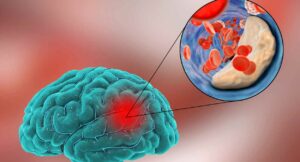The Problem of Reduced Sperm Motility
Sperm motility, or the ability of sperm to swim efficiently, is a crucial factor in male fertility. Sperm that don’t move fast enough may struggle to reach the egg, resulting in conception difficulties. While there are drugs available to enhance sperm motility, they can potentially damage sperm DNA, raising concerns about their safety. Fertility doctors often resort to alternative methods, such as collecting sperm from donors and directly injecting them into the uterus, to bypass this issue.
According to a study published in the journal “Human Reproduction” in 2020, approximately 15-30% of couples worldwide experience infertility issues, and male factor infertility accounts for about 50% of these cases. Poor sperm motility is one of the leading causes of male infertility, making it a significant concern in the field of reproductive medicine.
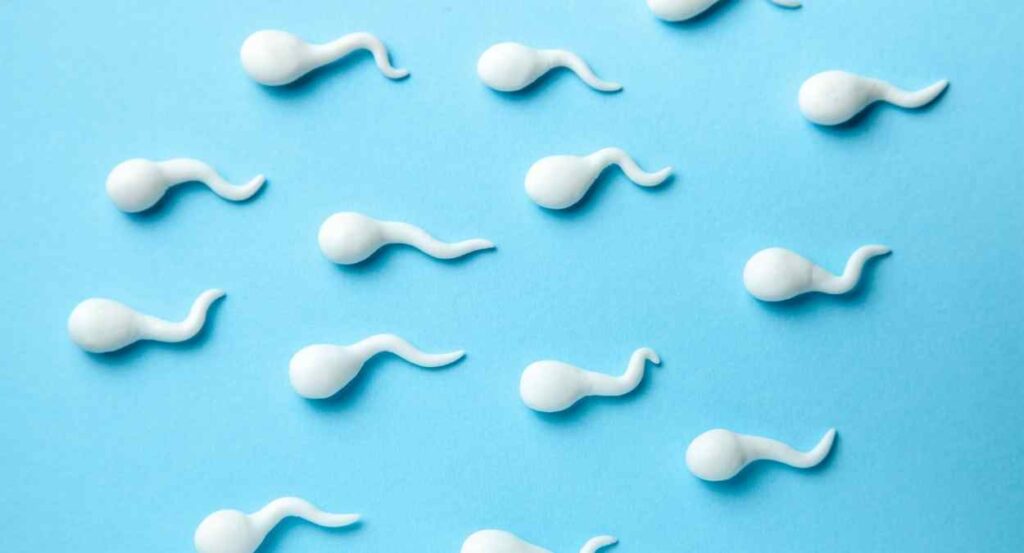
The Ultrasound Solution
Previous research had suggested that high-frequency ultrasound could increase sperm motility, but the latest study at Monash University took a more detailed approach. The researchers collected 50 semen samples and separated them into three groups based on their sperm motility: rapid, slow, and immotile. After isolating the individual sperm cells, they measured their motility before and after exposing them to ultrasonic sound waves at a power of 800 milliwatts and a frequency of 40 megahertz for 20 seconds.
The results were nothing short of remarkable. Following the ultrasound exposure, 59% of the immotile sperm became slow-moving, with some even starting to swim rapidly. The change in sperm motility peaked at an astonishing 266% increase. Overall, the percentage of immotile sperm in the samples dropped from 36% to just 10% after the treatment.
The researchers believe that exposure to ultrasound improves any dysfunction in the sperm’s mitochondria, the powerhouses of cells responsible for energy production. By providing additional energy, the ultrasound waves compensate for deficiencies in mitochondrial energy within the sperm cells, leading to improved motility.
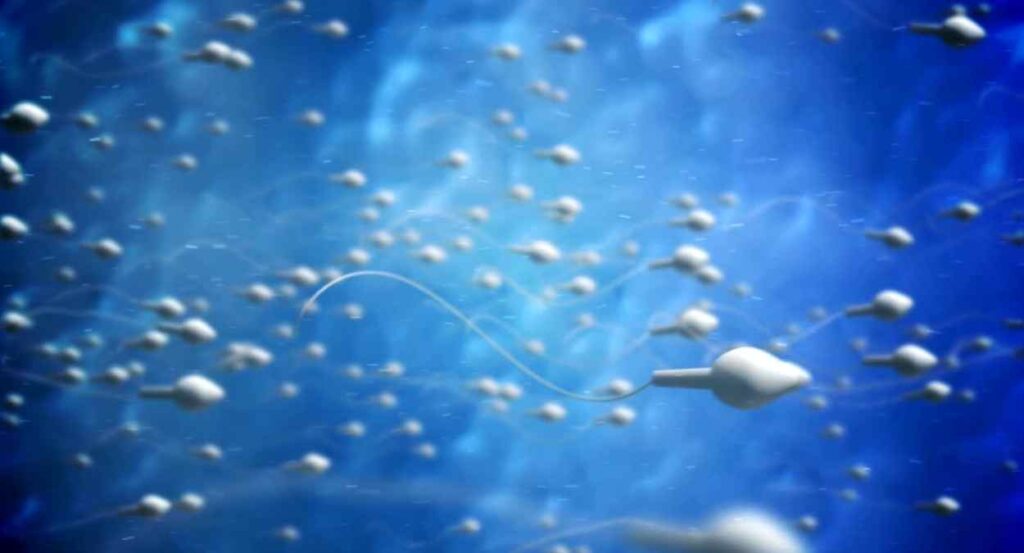
Detailed Analysis of the Ultrasound Study
The study, published in the journal “Biomedical Physics & Engineering Express” in 2022, involved a team of researchers led by Ali Vafaie at Monash University. They collected 50 semen samples from individuals with both normal and reduced sperm motility. The samples were divided into three groups based on sperm motility guidelines:
- Rapid motility
- Slow motility
- Immotile
After separating the individual sperm cells, the researchers measured their motility using standard techniques before and after exposing them to ultrasonic waves. The ultrasound exposure was conducted at a frequency of 40 megahertz and a power of 800 milliwatts for a duration of 20 seconds.
The results showed a significant improvement in sperm motility across all three groups, but the most dramatic effect was observed in the immotile group. Before the ultrasound treatment, 36% of the sperm in the samples were immotile. After the 20-second exposure, this percentage dropped to just 10%, with 59% of the previously immotile sperm becoming slow-moving and some even starting to swim rapidly.
The researchers calculated the change in sperm motility and found that the peak increase was a remarkable 266%. This means that some sperm exhibited more than double the motility after the ultrasound treatment compared to their initial state.
The study authors hypothesized that the ultrasound waves provide additional energy to the sperm cells, compensating for any dysfunction in their mitochondria, which are responsible for generating energy for cellular processes, including motility.
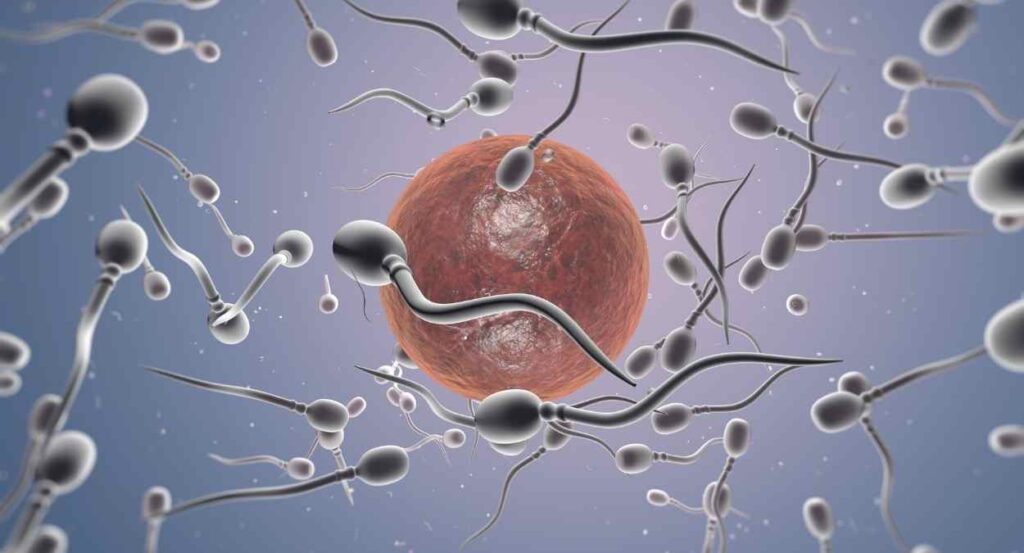
Implications and Future Prospects
These findings hold immense promise for enhancing the success rates of in vitro fertilization (IVF), a procedure that requires motile sperm for conception. By boosting sperm motility, couples struggling with infertility due to poor sperm mobility could potentially avoid multiple costly rounds of IVF.
However, before this technique can be applied in clinical settings, further research is necessary. Scientists need to test the effectiveness of ultrasound exposure on sperm from individuals experiencing infertility specifically due to poor sperm mobility. Additionally, it is crucial to assess the safety of creating embryos from ultrasound-exposed sperm to ensure no harm is caused to the reproductive cells of the female.
Potential Impact on IVF Success Rates
According to the Centers for Disease Control and Prevention (CDC), the success rate for IVF cycles in the United States is approximately 30% for women under the age of 35. This rate decreases with age, falling to around 12% for women aged 41-42 and less than 4% for women over the age of 44.
If the ultrasound technique can successfully improve sperm motility in infertile individuals, it could potentially increase the chances of successful fertilization and pregnancy during IVF procedures. This could lead to higher success rates for couples undergoing IVF, reducing the need for multiple cycles and associated emotional and financial stress.
However, it is important to note that IVF success rates are influenced by various factors, including the woman’s age, ovarian reserve, and overall health, as well as the quality of the embryos. While improved sperm motility may contribute to increased success rates, it does not guarantee a successful outcome, and further research is needed to assess the overall impact of this technique on IVF outcomes.
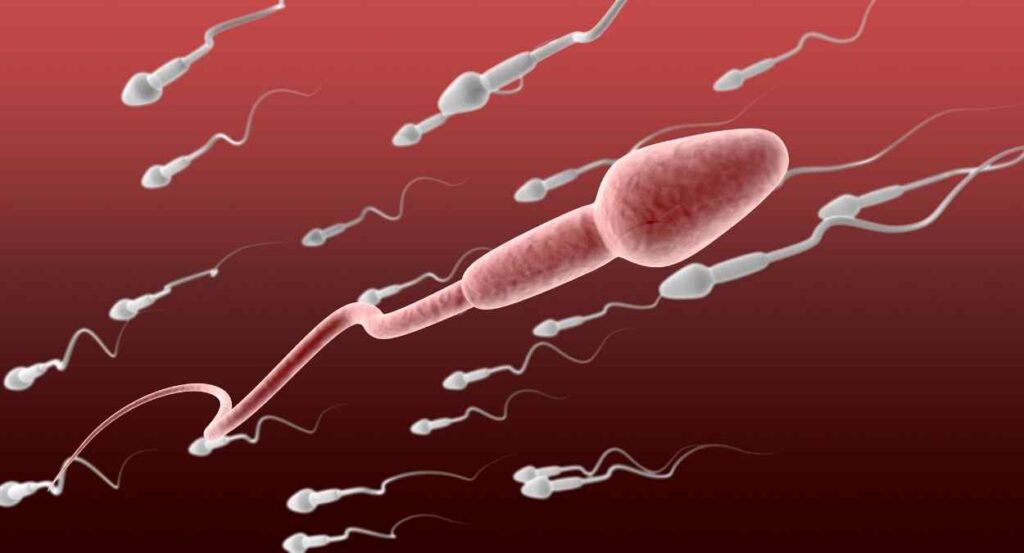
Parallel Discovery: “Odd Elasticity” in Microscopic Swimmers
In a parallel study conducted at Kyoto University, researchers have explored the movement of human sperm and single-celled algae, which are propelled by whip-like tails called flagella. These microscopic swimmers exhibit a property termed “odd elasticity,” which enables them to move through viscous fluids with remarkable energy efficiency, defying Newton’s third law of motion.
The term “odd elastic modulus” has been introduced to explain the non-reciprocal interactions within the material, shedding light on the inner workings of these unique biological systems. Understanding these mechanisms could inspire the design of advanced, self-assembling robots that mimic the efficient and energy-conserving movements of biological entities.
Exploring the Concept of “Odd Elasticity”
The study, published in the journal “Science Advances” in 2022, was led by Kenta Ishimoto and a team of researchers at Kyoto University. They observed that microscopic swimmers, such as human sperm and single-celled algae, exhibit a unique property called “odd elasticity” when moving through viscous fluids.
Odd elasticity refers to the non-reciprocal interactions between the swimmer and the surrounding fluid, where the swimmer experiences different forces during the forward and backward motions of its flagellum. This property allows these microscopic organisms to move through viscous fluids with remarkable energy efficiency, defying Newton’s third law of motion, which states that for every action, there is an equal and opposite reaction.
The researchers introduced the concept of an “odd elastic modulus” to explain this phenomenon. The odd elastic modulus describes the non-reciprocal relationship between the deformation of the swimmer’s flagellum and the resulting forces acting on it. This unique property enables the swimmer to generate propulsive forces in a more efficient manner, allowing it to conserve energy and move through viscous environments with greater ease.
Potential Applications in Robotics and Biomimetics
Understanding the principles of odd elasticity and the movement mechanisms of microscopic swimmers could inspire the design of advanced, self-assembling robots that mimic the efficient and energy-conserving movements of biological entities.
By incorporating the concept of odd elasticity into the design of micro-scale robots, engineers could potentially develop systems that can navigate through complex environments with improved energy efficiency and maneuverability. This could have applications in various fields, such as medical robotics for minimally invasive procedures, environmental monitoring, and exploration of confined spaces.
Furthermore, the study of odd elasticity contributes to the broader field of biomimetics, which involves drawing inspiration from biological systems to develop innovative technologies and solutions. By understanding the underlying principles that enable efficient movement in microscopic organisms, researchers can unlock new avenues for technological advancement across diverse domains.
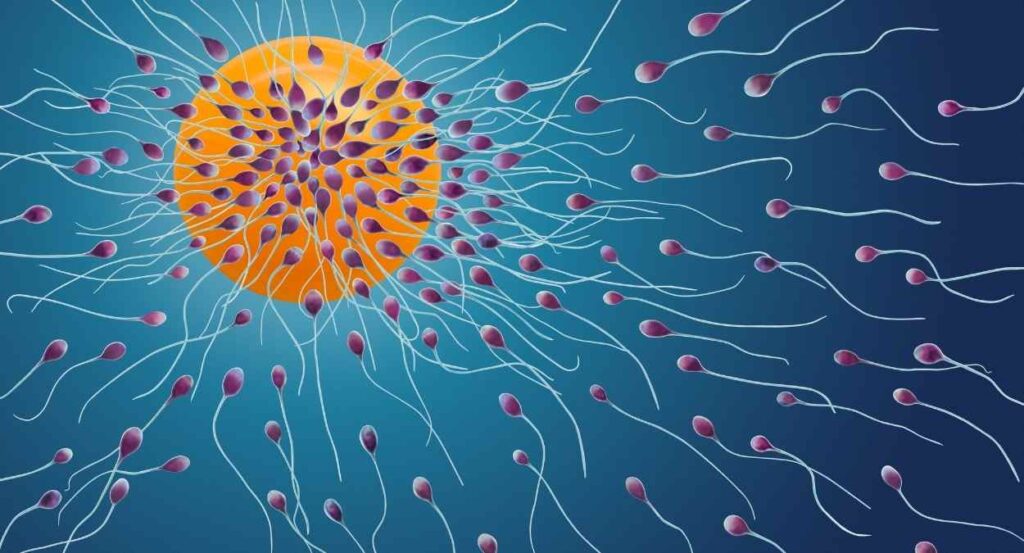
Frequently Asked Questions ( FAQs)
- How does ultrasound exposure improve sperm motility?
- Ultrasound waves provide additional energy to sperm cells, compensating for deficiencies in mitochondrial energy production and enhancing their motility.
- What is the mechanism behind the odd elasticity of microscopic swimmers like sperm?
- Odd elasticity refers to the non-reciprocal interactions between the swimmer’s flagellum and the surrounding fluid, enabling efficient movement through viscous environments.
- Can ultrasound waves damage sperm cells or female reproductive cells?
- While the initial research has shown promising results, further studies are needed to assess the safety of using ultrasound-exposed sperm for creating embryos and ensure no harm to the reproductive cells.
- How long does the increase in sperm motility last after ultrasound exposure?
- The duration of the improved sperm motility after ultrasound treatment is not yet clear and requires additional research to determine the long-term effects.
- Can ultrasound treatment be used for all types of male infertility?
- The current research has focused on improving sperm motility, but more studies are needed to evaluate the effectiveness of ultrasound treatment for other causes of male infertility.
- How can the concept of odd elasticity be applied in robotics and biomimetics?
- Understanding odd elasticity can inspire the design of micro-scale robots that mimic the efficient and energy-conserving movements of biological entities, leading to improved maneuverability and navigation in complex environments.
- What are the potential limitations of using ultrasound to enhance sperm motility?
- While the initial results are promising, the success of this technique may be limited by other factors affecting fertility, such as the woman’s age, ovarian reserve, and overall health, as well as the quality of the embryos produced.
Conclusion
The discoveries emerging for Sperm Motility from Monash University and Kyoto University are not just scientific breakthroughs but also beacons of hope for various fields. From improving human fertility to inspiring the design of advanced robotics, the potential applications of these findings are as diverse as they are impactful.
As we continue to explore the intricate dance of life at a microscopic level, we edge closer to solving some of the most perplexing mysteries of biology and physics, paving the way for innovations that could transform our world.
Disclaimer:
Please note that this article is based on the information provided in scientific research and does not constitute medical advice. Consult with a healthcare professional for any fertility-related concerns
Also Read:
Smoking’s Lasting Effects on Immune Health: Insights from a Groundbreaking NEW Study
Combating the Measles Surge: A Global Wake-up Call to Protect Our Children
Manchester City Hosts Brentford in Premier League Clash at the Etihad: Manchester City vs Brentford
OpenAI Unveils Sora: The AI System That Generates Stunning Instant Videos
Donald Trump’s Controversial Appearance at ‘Sneaker Con’ to Promote $399 Sneakers








